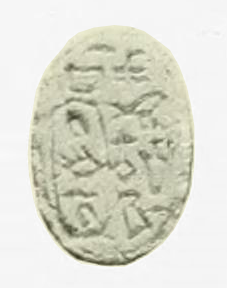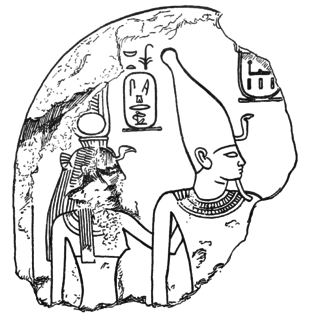 W
WGreat Royal Wife, or alternatively, Chief King's Wife, is the title that was used to refer to the principal wife of the pharaoh of Ancient Egypt, who served many official functions.
 W
WAsiya bint Muzahim, was the Great Royal Wife of the ancient Egypt's Firaun (Pharaoh) and the adoptive mother of Islamic prophet Musa. She is revered by Muslims as one of the four greatest women of all time, and according to a prophetic narration in Sahih al-Bukhari, the second ever.
 W
WHatshepsut was the fifth pharaoh of the Eighteenth Dynasty of Egypt. She was the second historically confirmed female pharaoh, after Sobekneferu.
 W
WIneni was an ancient Egyptian queen who lived during the Thirteenth Dynasty . She is so far only known from 21 scarabs and a seal impression from Kerma. She had the titles Great Royal Wife and she, who is united with the white crown. She is one of the first ancient Egyptian queens whose name was written within a cartouche. This approach to writing a name was previously only used for kings' names and some kings' daughters holding special positions. The name of Ineni's husband is not known with any certainty. It is thought that it was king Merneferre Ay, as her scarabs are similar in style to that of this king.
 W
WMeretseger was an ancient Egyptian queen consort.
 W
WNubkhaes was an ancient Egyptian queen with the titles Great Royal Wife and the one united with the beauty of the white crown. She is so far only known from her family stela now in the Louvre and a few later references. The stela is the main monument of the queen. Here is mentioned her father Dedusobek Bebi and other family members, many of them high court officials. These are all datable to about the time of king Sobekhotep IV.
 W
WSatiah was an ancient Egyptian queen, the Great Royal Wife of Thutmose III.